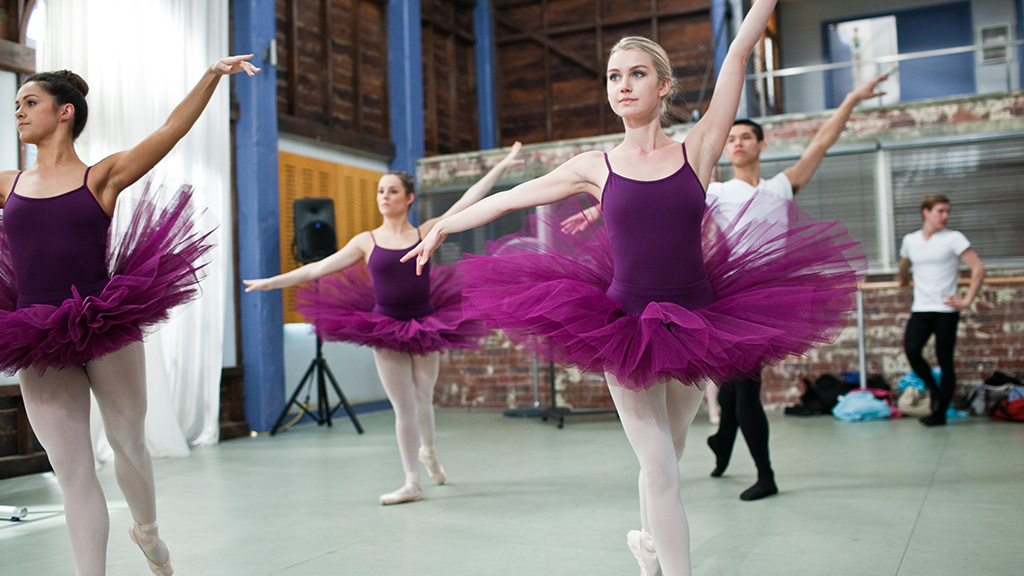ACTF Has Its Turn at Parliamentary Inquiry
Lily Pavlovic
31 Jul 2017
The Review of Australian and Children’s Content has only just got underway, but the key players are already making their arguments to a concurrent Inquiry into the Sustainability of the Film and Television Industry, being conducted by a House of Representatives Committee. The Committee is holding hearings around the country.
The three commercial broadcasters made headlines when they all appeared before the Inquiry in Sydney a couple of weeks ago. No doubt they talked about many things that impact on their businesses, but the issue that made the headlines was the one they all agreed on. They don’t want to do Australian kids TV anymore. Telling the Committee that they spend “millions of dollars” on programs that only attract “thousands” of viewers, they argued that if they didn’t have to spend that money on kids TV they could spend it on other prime-time shows. (The CEO from Channel Ten suggested that might include shows like MasterChef and The Bachelor, which a lot of children watch.)
Last week the Committee held hearings in Melbourne and I went along to hear our CEO, Jenny Buckland, put a different point of view.

Marnie Kennedy plays Taylor Fry in Mortified.
Jenny told the Committee about the extraordinary legacy of Australian children’s drama, and how the hardest sale that anyone makes is the sale here at home. She said that the commercial broadcasters do not seem to be abandoning the kids audience altogether, as they are developing online destinations and Apps, like the Kids Go! App launched by Channel Nine. It is just that they don’t intend to invest any money in Australian content on those destinations.
In response to questions from the Committee, Jenny referred to the Broadcasting Financial Results published by ACMA, which show that the commercial broadcasters spend a combined $30 million on children’s content, out of a total content spend of nearly $2 billion. In other words, expenditure on children’s television is less than 2% of their content spend. She said that this means they spend approximately $10 million each on kids’ content, and that the Children’s Television Standards require them to do 390 hours a year of pre-school and school aged children’s content. If you divided the $10 million into 390 hours, that means they are spending an average of just over $25,000 per hour for children’s content. That figure would just be an average, of course, and they would actually spend considerably more on some shows (like drama) and less on others. Jenny also pointed out that children’s programs can be repeated numerous times, so counting one screening against the cost is not fair.
Jenny acknowledged that children’s drama costs more, but said it has the greatest potential for repeats and longevity, and that the party contributing “millions” was the tax payer, through Screen Australia and the producer offsets. Those dramas, she said, go on to have a very long life entertaining Australian children. She pointed to the Dance Academy series, as an example of a children’s drama that has been a phenomenon, and would still be showing in ten years’ time. (I think some of the Committee members might be secret Dance Academy fans because they asked why there couldn’t be more episodes and one said “it’s just as well that tutus don’t date too much”.)

Fan favourite: Dance Academy
The ACTF has asked the Committee to recommend that the ABC be mandated to screen minimum levels of Australian children’s content, and to be given quarantined funding for children’s content to ensure it can meet the targets set down for it. But the ACTF has also asked the Committee to recommend that the Australian and Children’s Content Review develop a new regulatory and funding framework to ensure children’s content ends up on the commercial platforms, too.
Speaking on the way back to the office after the hearing Jenny told me “This Inquiry is really focussed on the economic issues – they are exploring the sustainability of the film and television industry. Which is important, but it means all the contributors are the ones with vested interests. I am hoping that the Australian and Children’s Content Review will bring out the cultural reasons that we support Australian content – especially for children – and that members of the general community, and people with a special interest like teachers and parents – will join in and reflect on the important place that distinctively Australian children’s content has in all our lives.”
More information on The House Standing Committee on Communications and the Arts’ inquiry into ‘Factors contributing to the growth and sustainability of the Australian film and television industry’ can be found here.
To have your say on the future of OzKidsTV, visit www.actf.com.au/ozkidstv.
More information on the Australian and Children’s Content Review:
-
The ACTF’s submission to the Inquiry into the Australian Film and Television Industry
-
When broadcasters cut costs on local TV content, it’s the children who pay, Jenny Buckland, ACTF CEO
-
The slow death of Australian children’s TV drama, Dr. Anna Potter, University of the Sunshine Coast
-
The ABC of Trust, Kim Dalton, ABC Director of Television, 2006-2012
-
The future of Australian children’s media, Michael Carrington, ABC Head of Children’s and Education
-
Sign Greens Senator Sarah Hanson Young’s petition to #SaveKidsTV
-
Australian Government: Broadcast and Content Reform Package
-
Australian Government: Australian and Children’s Content Review
-
Submissions to the Parliament of Australia: Dr. Anna Potter (#97)
-
Watch the Save Children’s Content campaign video






Comments
Comments for this post are open.